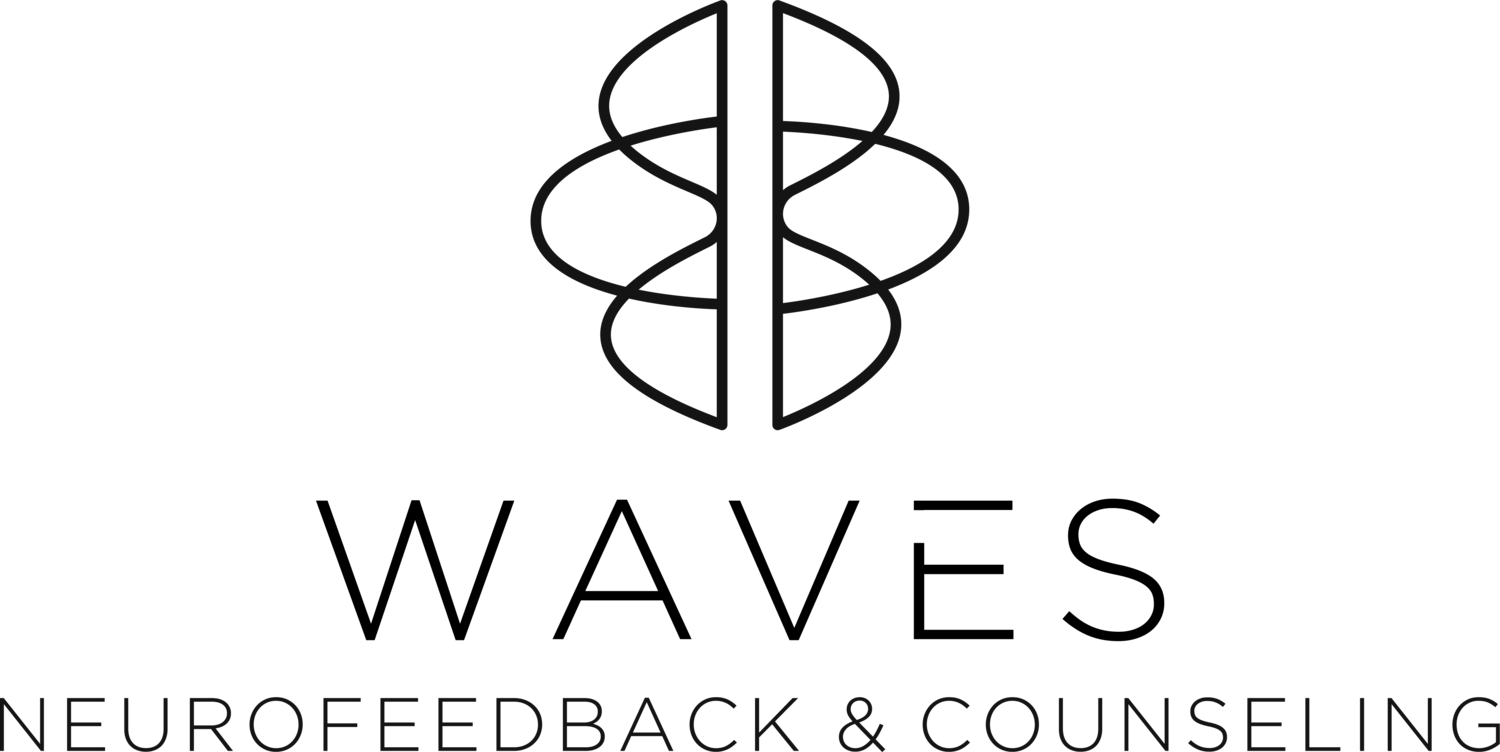An effective approach to talk therapy that combines Cognitive Behavior Therapy, Acceptance & Commitment Therapy, and Interpersonal Neurobiology.
I use an eclectic approach to talk therapy that is grounded in Cognitive Behavior Therapy, Acceptance & Commitment Therapy, and Interpersonal Neurobiology. These modalities blend nicely to help as you navigate the river of change to create the life you want. In general terms, these approaches help you evaluate your thoughts, live according to your values, commit to effective action, create healthy relationships with yourself and others, and be present in your life. For more specific information about each one, see below. Here are some things that I’ve helped people with using this approach to talk therapy.
Panic attacks
Life design
Stress
Enhanced sports performance
Stopping unwanted habits
Anxiety
Depression
Insomnia
Dealing with post-concussion syndrome
Creating new habits
Call Lindsay today at (941) 451-6754
Or email through the Contact Page
Cognitive Behavior Therapy (CBT)
CBT is an evidence-based approach to therapy. This means there are many scientific studies that show CBT helps people get better. There are several studies showing that CBT is an effective treatment for depression, anxiety, and insomnia.
Cognitive Behavior Therapy uses the Cognitive Model. The Cognitive Model states that it’s our thoughts about a situation (not the actual situation) that cause our emotions. CBT is a structured therapy that can help you change your thoughts and behaviors in order to feel better and live how you would like.
CBT uses Action Plans. This gives you specific things to work on between sessions. Change happens between therapy sessions and your commitment to making small steps each week is imperative. The Action Plans are created collaboratively and are relevant to the goals you identified at the beginning of treatment.
CBT is a drug-free approach. One benefit shown in the research is that CBT for depression is better than anti-depressants for relapse prevention. The skills you learn in CBT will be useful for the rest of your life. Anti-depressants stop working when someone stops taking them. CBT can also be used effectively in conjunction with medication for depression and anxiety.
During a Cognitive Behavior Therapy session:
We will work on solving specific problems
You will learn skills to gain confidence in solving your own problems
We will create a specific Action Plan for you to work on between session
You will learn how to adjust your thinking and behaviors to create lasting change
Interpersonal Neurobiology (IPNB)
Interpersonal Neurobiology is a multidisciplinary approach to examining our brains, minds, and relationships. IPNB is a cutting-edge field that has applications in healthcare, parenting, education, mental health, and leadership.
Techniques used in IPNB are rooted in neuroscience. Although brain science is still a largely unexplored frontier, humans are learning more and more about this amazing organ. There are some things we do know about the brain, and this knowledge has helped design interventions that will work for you. For example, did you know when you name your emotion, the part of the brain that is like the alarm system calms down [1]? Think about how you can use this to your advantage. Try it next time you notice you’re feeling scared or sad. It can help other people, so you can even try it with your child, friend, or significant other.
Putting Feelings Into Words: Affect Labeling Disrupts Amygdala Activity in Response to Affective Stimuli. Matthew D. Lieberman, Naomi I. Eisenberger, Molly J. Crockett, Sabrina M. Tom, Jennifer H. Pfeifer, and Baldwin M. Way. Psychological Science 2007;18(5):421-428.
Interpersonal Neurobiology emphasizes the importance of our attachment styles in how we interact with other people. Our primary attachment style develops when we are babies and creates the basis of how we see the world. There are two main categories of attachment Secure and Insecure. Insecure attachment has three subtypes that include ambivalent, avoidant, and disorganized. The main thing to keep in mind is that even if you predominantly have an insecure attachment style, you can still develop “earned” secure attachment no matter your age. To read more in depth about attachment styles, click on this article by Drs. Dan Siegel and Alan Sroufe, “The verdict is in”.



